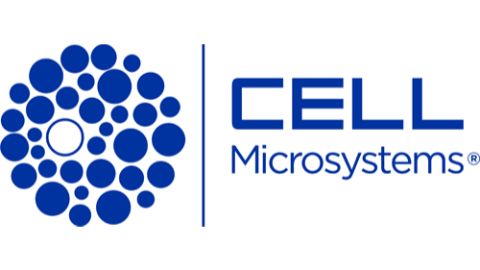LOCATION OF LOCI FOR RESISTANCE TO MYCOSPHAERELLA GRAMINICOLA, PLANT HEIGHT AND HEADING DATE THROUGH GENOME-WIDE ASSOCIATION MAPPING IN WHEAT

Septoria leaf blotch, caused by Mycosphaerella graminicola (Fuckel) Schrot. (anamorph, Septoria tritici Rob. ex Desm) is a major disease of wheat (Triticum aestivum L.) worldwide. There are phenotypic studies reporting genetic associations between resistance, plant height and heading date, while others argue that this association is rather due to epidemiological or environmental factors. The aims of this work were to identify (i) marker-trait associations (MTAs) for resistance to M. graminicola, plant height and heading date through genome-wide association mapping DArT-based, (ii) the presence / absence of genetic linkage between those traits. The test material consisted of 96 winter wheat accessions originated from 21 countries genotyped with 874 DArT markers. Three field experiments were conducted at the National University of La Plata, Argentina, during 2012 and 2013 with a split plot design. The entire collection was inoculated with two isolates from two locations in Argentina (Pla and Nueve de Julio) using a concentration of 5×106 spores ml-1 and sprayed at the 2-leaf stage in both years. For two of the experiments, necrosis percentage in seedlings was scored, whereas for the three experiments, heading date and plant height was evaluated. The percentage of necrosis, plant height and heading date scores indicated a wide phenotypic variation ranging from 32.4% to 67.6%; 22.97 to 127.7 cm.; and 94 to 138 days respectively. Phenotype–genotype association analysis employing the general linear model (GLM) and mixed linear model (MLM) were performed. Only loci significant with both models were considered associated to the traits. QTLs for M. graminicola resistance were detected on chromosome 1A (two) and 6B for both experiments with the isolate from Pla. In addition, four significant MTAs on chromosome 1B (two), 2A and 2D for both experiments were effective against the isolate from Nueve de Julio. For heading date, five significant MTAs were detected on chromosomes 1B, 2B, 4B, 5D and 6A for the three experiments. For plant height, four significant MTAs were identified on chromosomes 2B, 3A, 4A and 7A for the three experiments. Necrosis was negatively associated with both plant height and heading date for both isolates, although for one of the isolates it was only significant for heading date. Only the marker WPt6240 was significantly associated with both heading date and resistance to Nueve de Julio isolate considering the significant MTAs for all experiments.





